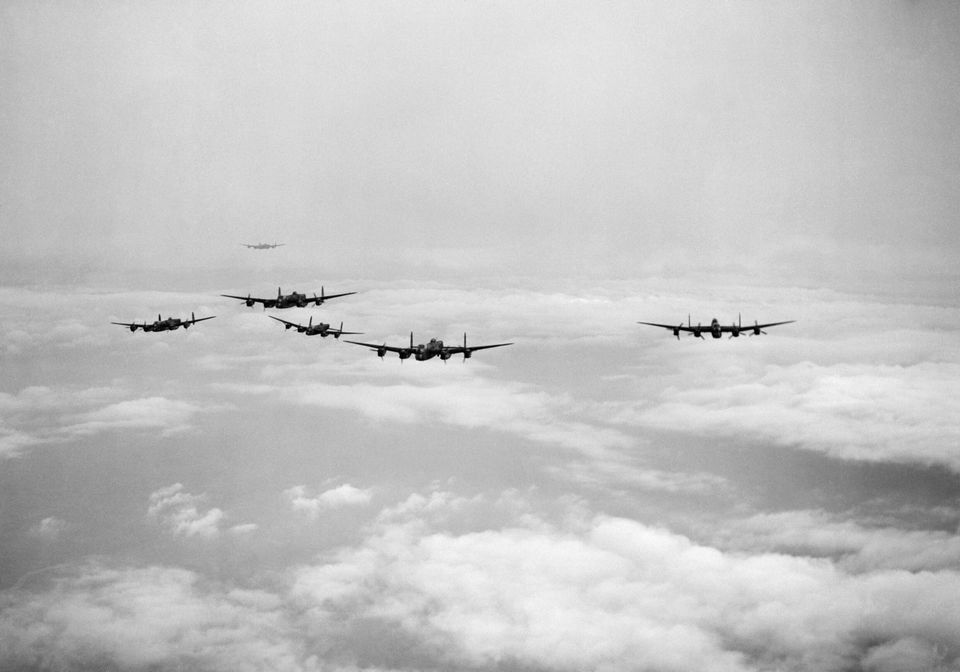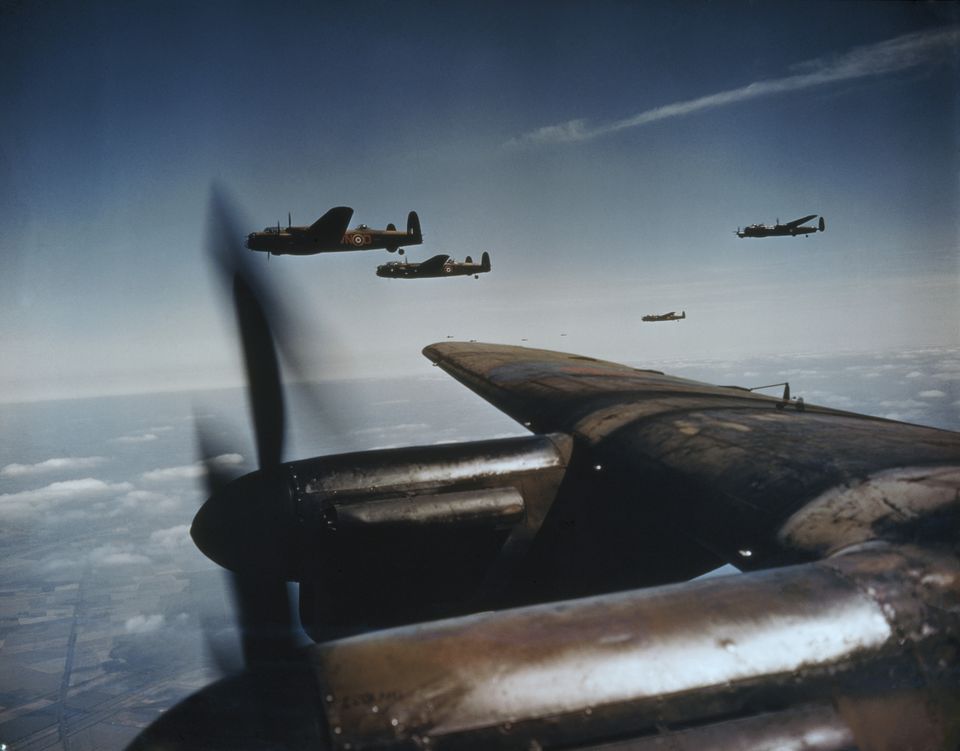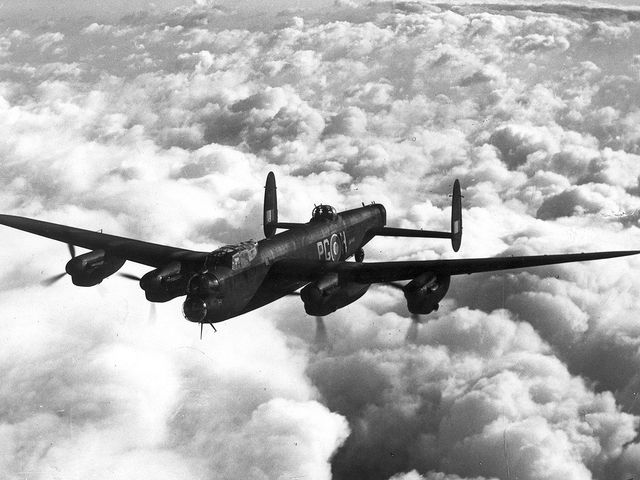Air war over Friesland
Take a look
During the Second World War there was relatively little fighting on Frisian territory. But in the Frisian airspace there were almost daily air battles between German and allied aircraft. About 400 Allied planes were shot down in the five years of the war.
Because the German cities of Emden, Wilhelmshaven, Bremen and Hamburg were regularly the target of Allied bombers, there was a lot of air traffic over the province of Friesland. In July 1941, the first English bomber on the mainland of Friesland crashed near Mantgum, killing six crew members.
More than four hundred Allied aircraft were lost over…
During the Second World War there was relatively little fighting on Frisian territory. But in the Frisian airspace there were almost daily air battles between German and allied aircraft. About 400 Allied planes were shot down in the five years of the war.
Because the German cities of Emden, Wilhelmshaven, Bremen and Hamburg were regularly the target of Allied bombers, there was a lot of air traffic over the province of Friesland. In July 1941, the first English bomber on the mainland of Friesland crashed near Mantgum, killing six crew members.
More than four hundred Allied aircraft were lost over Friesland and the surrounding waters during the Second World War. In the early years of the war, the fighting mainly took place at night, because the Royal Air Force bombed in the night. When the Americans entered the air battle in 1943, fierce dogfights were also conducted over the province in daylight. Sometimes several planes crashed in one day.
The many air battles over the province of Friesland were mostly related to the presence of Fliegerhorst Leeuwarden. For the Germans, this was the base for the day and night fighters that guarded the coast, escorted convoys and shot down Allied aircraft.
During this cycling route you will visit the crash sites of Allied bombers and you will read more about the resistance group Gaastmeer that sheltered the crew of a Halifax bomber.
Have fun cycling!
Sights on this route
Museum Warkums Erfskip
Museum Warkums Erfskip
waaggebouw en stadhuis
Merk 4
8711 CL Workum
Navigate to starting point
Resistance Memorial 1940 – 1945
The resistance monument in Workum consists of three abstract images of white natural stone that symbolize three stages of liberation, namely 'Oppression', 'Resistance' and 'Freedom'.

Crash location Lancaster W4888
On the night of 4-5 May 1943, the heavily loaded Lancaster bomber W4888 lifted off from Holme-on-Spalding Moor to bomb Dortmund. While en route over the IJsselmeer, this aircraft was intercepted by a German fighter plane and caught fire.

Monument Peter Tazelaar
During the Second World War, Peter Tazelaar played an important role in the resistance as an England sailor, spy and adjutant. His character was the model for James Bond, the world-famous creation of the English writer Ian Fleming.

Pilots go into hiding in It Heidenskip
On March 8, 1944, an American Liberator bomber was heavily damaged by German anti-aircraft fire on its way back from a raid on Berlin. . As a result, the aircraft was forced to make an emergency landing near Earnewâld.
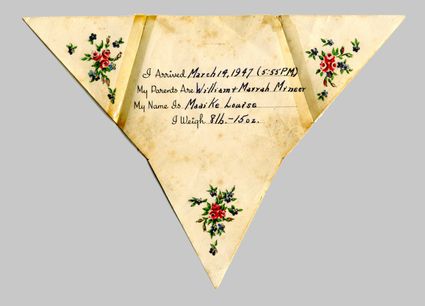
Pilots go into hiding in It Heidenskip
Pilots go into hiding in It Heidenskip
Ursuladijk 28
8724 HR It Heidenskip
Information panel Boer Kuiper
On Wednesday evening, July 16, 1943, the member of the Sicherheitsdienst, Frans Lammers, entered the yard at Koaidyk 15 in It Heidenskip. It is a harbinger of a terrible drama that will take place later.
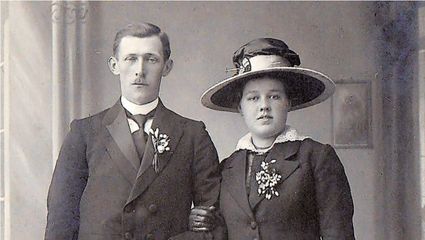
Resistance plaque Gaastmeer
During the Second World War, hundreds of Allied planes crashed in the IJsselmeer. In the night of 14 to 15 October 1944, a Halifax bomber crashed in the IJsselmeer near Stavoren.

Explosion of an ammunition train
Just before the liberation of the province of Friesland, a brave act of resistance took place. On April 12, 1945, the German army sent an ammunition train from Leeuwarden to Stavoren.

War Memorial Hieslum
On the evening of 13 May 1945, a heavily loaded Lancaster bomber took off from Bardney airfield to bomb the Skoda factory in Pilsen. The aircraft was intercepted by a German night fighter in the airspace of the province of Friesland and exploded.
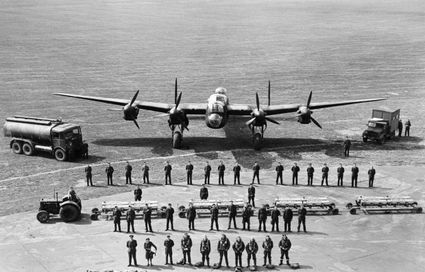
Allied War Graves in Workum
There is a green sign of the War Graves Foundation on the entrance gate of the General Cemetery in Workum. It indicates that six airmen from the United Kingdom and three from Canada are buried in this cemetery.
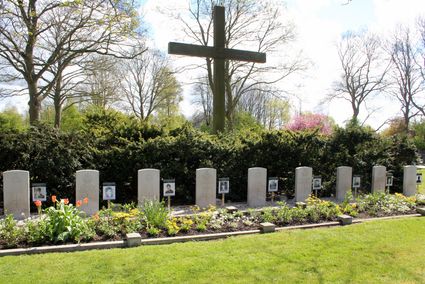
- 20
- 21
- 19
- 96
- 18
- 23
- 32
- 34
- 33
- 32
- 31
- 15
- 14
- 10
- 09
- 07
- 02
- 01

